Cast Grinding Balls Vs. Forged Grinding Balls: Making The Right Choice
In industry, particularly in mining and cement production, the function of grinding balls is critical. These spherical tools serve as the primary medium in the milling process, reducing materials to a specified fineness and thereby enabling efficient processing and extraction. The selection between cast and forged grinding balls affects not only the operational efficiency but also factors such as energy consumption and overall costs.
While cast grinding balls are known for their cost‐efficiency in large-volume applications, forged grinding balls are recognised for their increased durability and wear resistance, making them suitable for processes that require the absorption of high loads and precise performance.
Stanford Advanced Materials (SAM) is a key contributor in this field and supplies high-grade materials that considerably improve the performance and lifespan of both types of grinding balls. This article examines the specifics of choosing between cast and forged grinding balls and describes how material quality and manufacturing methods affect efficiency, durability and cost-effectiveness, thereby ensuring optimal outcomes in industrial milling operations.
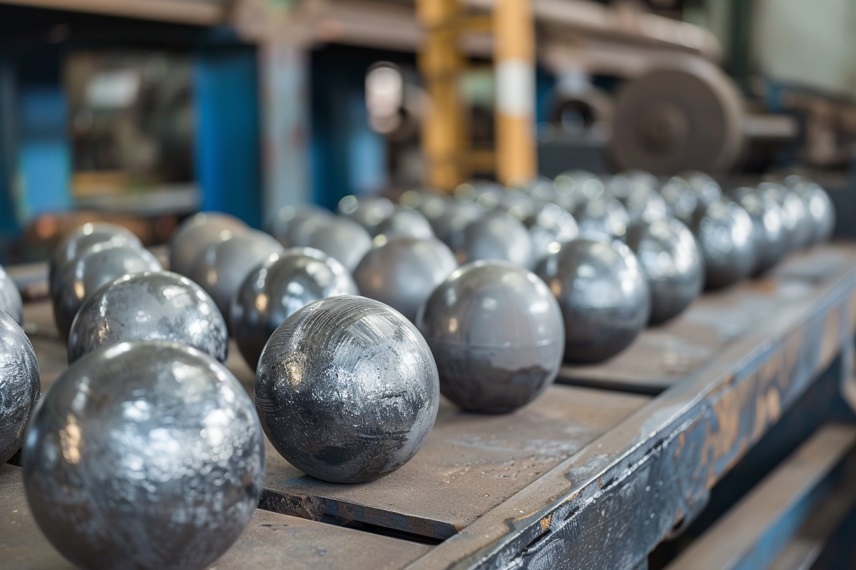
Overview of Grinding Balls
Grinding balls are essential components in the industrial processing of various materials. They act as the primary medium in grinding machines to reduce materials into fine powders or slurries. They are produced from various metals and alloys and are used in industries such as mining, cement production, mineral processing and in power stations for coal milling.
The primary function of grinding balls is to reduce particle size so as to facilitate efficient processing and extraction. Their effectiveness is determined by their ability to achieve the specified material fineness with minimal energy consumption. Accordingly, the quality, durability and performance characteristics of grinding balls are crucial for any operation seeking to enhance its milling capacity.
Introduction to Cast Grinding Balls
Cast grinding balls have been a central element in various industrial processes for decades and date back to the early developments in milling and grinding. Their evolution is closely linked to refinements in casting techniques and materials science that have allowed the production of spheres meeting stringent industrial standards. Initially, casting methods were basic and focused on producing spherical shapes from molten metal. With industrial development, casting processes have been refined to improve uniformity, durability and performance.
The materials used to manufacture cast grinding balls are primarily high-carbon steel, chrome steel and various alloy steels. These materials are chosen for their ability to withstand the high impact and abrasive forces encountered during milling. Stanford Advanced Materials (SAM) plays an important role by supplying high-quality alloys that increase the hardness and wear resistance of these balls. In the casting process, molten metal is poured into moulds where it solidifies in the required spherical shape. Advances in cooling and solidification techniques have improved the quality of cast grinding balls, thereby ensuring compliance with the strict standards required for efficient and reliable milling operations. Continuous improvements in materials and manufacturing methods have increased the durability and effectiveness of cast grinding balls, thereby meeting the diverse requirements of industry globally.
Introduction to Forged Grinding Balls
Forged grinding balls have a long history that dates back to ancient forging techniques used in the manufacture of tools and weapons requiring durability and precision. These traditional methods have been adapted for modern industrial applications where milling processes demand high impact resistance and precise performance. Typically, these balls are made from high-carbon or alloy steel and benefit from the forging process, which alters the physical properties of the metal. In this process, the steel is heated to high temperatures before being hammered or pressed into shape, thereby aligning the grain structure. This adjustment increases the strength and wear resistance of the balls, making them suitable for the demanding conditions encountered in mining and ore processing.
The materials provided by companies such as Stanford Advanced Materials (SAM) are essential for the performance of these balls. High-quality steel is selected for its ability to withstand the rigorous conditions encountered during milling, ensuring that forged grinding balls maintain durability that meets the specified operational requirements. The forging process produces milling balls that fulfil the criteria of high-performance and precision milling operations, thereby setting a high standard for efficiency and reliability in industrial grinding tasks.
Main Differences Between Cast and Forged Grinding Balls
A. Material Composition
Cast grinding balls are primarily manufactured from high-carbon, chrome and occasionally alloy steels. In the casting process, these materials are melted and poured into moulds. Forged grinding balls are produced from similar steel types; however, processing under high temperature and pressure modifies the composition to maximise the inherent strength and ductility of the material.
B. Microstructure and Density
The microstructure of cast grinding balls is generally heterogeneous due to the cooling process, which may result in an uneven distribution of internal stresses. In contrast, the forging process aligns the grain structure, yielding a denser and more uniform composition. Consequently, forged balls demonstrate increased overall strength and durability and are less likely to develop micro-cracks and wear over time.
C. Hardness and Wear Resistance
Forged grinding balls typically exhibit higher hardness and improved wear resistance compared with cast balls. This difference is primarily due to the intensive compaction and heat treatment during forging, which enhances the mechanical properties of the steel. Although cast balls are also hard and resistant to wear, they may not reach the same performance level under extreme milling conditions that demand greater durability.
D. Impact Strength and Fracture Rate
Forged grinding balls have higher impact strength than cast balls. The forging process increases the toughness of the balls, enabling them to absorb high impact forces with a lower incidence of fracture. Consequently, forged balls exhibit a reduced fracture rate under the demanding conditions of milling operations. Cast balls, while economically viable and suitable for certain applications, are more inclined to fracture under high impact, thus adversely affecting operational performance and necessitating more frequent replacement.
E. Cost Considerations
Cast grinding balls incur lower initial manufacturing costs as a result of a less labour-intensive process. However, the longer lifespan and reduced fracture rate of forged balls may render them more cost-effective in the long term, particularly in operations where downtime and replacement expenses are significant. Therefore, the choice between cast and forged balls requires an analysis of both the upfront costs and the long-term operational expenditures.
This table summarises the fundamental differences between cast and forged grinding balls with respect to material composition, microstructural integrity, mechanical properties and economic factors, thereby supporting the decision-making process in various industrial applications.
| Criteria | Cast Grinding Balls | Forged Grinding Balls |
|---|---|---|
| Material | High-carbon, chrome and alloy steels | Similar materials, processed to improve strength |
| Structure | Heterogeneous with uneven stress distribution | Uniform, dense, with fewer micro-cracks |
| Hardness and Wear | High but may be lower than that achieved with forging | Elevated, as a result of the forging process |
| Impact and Fracture | Lower impact strength with more frequent fractures | Higher impact strength with a reduced fracture rate |
| Costs | Lower initial costs | Higher initial costs but lower long-term expenses |
Cast or Forged: How to Decide?
The decision between cast and forged grinding balls requires a detailed understanding of the specific application requirements, operating costs and the importance of material quality. This decision directly impacts efficiency, durability and overall cost in industries such as mining, cement production and others. The following guide outlines the steps to determine the most appropriate option:
Application Requirements
Impact and Abrasion Resistance: Evaluate the level of impact and abrasion that the grinding balls will encounter. For applications with high impact, such as in SAG and ball mills used in mining, forged grinding balls are preferred because of their higher impact strength and lower fracture rate. For settings with less impact but high abrasion, cast grinding balls may be sufficient.
Required Grinding Efficiency: Consider the efficiency required in your milling process. Forged balls provide improved control and precision due to their denser and uniform structure, making them suitable for tasks that demand high grinding efficiency. Cast balls might be more beneficial for processing bulk materials where cost is a significant factor.
Operating Costs and Lifespan
Initial vs. Long-Term Costs: While cast grinding balls have lower initial costs, forged balls may offer greater value over time. Their increased lifespan and reduced fracture rate can decrease downtime and replacement expenses, thereby lowering overall operating costs.
Energy Consumption: Forged grinding balls may lower energy consumption as a result of enhanced grinding performance. Given that energy costs are a significant factor, potential savings should be considered when selecting between the two options.
Quality of Materials
The quality of the materials used in grinding balls has a substantial effect on their performance and service life. High-grade materials can improve hardness, wear resistance and impact strength, regardless of whether the balls are cast or forged. Working with a reputable supplier such as Stanford Advanced Materials (SAM) ensures access to materials that enhance both performance and lifespan.
Making the Decision
Consultation with Experts: Engage with materials and milling process specialists to determine the optimal solution for your specific requirements.
Testing and Evaluation: Where possible, conduct trials with both cast and forged balls within your operation. This direct comparison provides quantifiable data on performance, wear rates and overall economic efficiency, thereby enabling a more informed selection.
This table outlines a structured approach to evaluating key factors when selecting between cast or forged grinding balls. It includes considerations of application requirements, costs and material quality, and it suggests practical steps such as expert consultation and in-house testing to assist in making an informed decision.
| Consideration | Cast Grinding Balls | Forged Grinding Balls | Assessment Tips |
|---|---|---|---|
| Impact and Abrasion | Suitable for moderate impact and high abrasion | Preferred for high impact with lower abrasion | Evaluate the specific properties of the grinding environment and material |
| Grinding Efficiency | Efficient in processing bulk materials when cost is an issue | Provides higher efficiency for precise and controlled milling | Consider the required precision and efficiency of the milling process |
| Costs | Lower initial costs | Higher acquisition costs, but potentially lower long-term expenses due to extended lifespan | Compare acquisition costs with possible savings in downtime and replacement frequency |
| Energy Consumption | May require additional energy in some applications due to lower efficiency | May reduce energy expenses as a result of improved efficiency | Estimate the impact on energy costs based on the performance of the grinding balls |
| Material Quality | The quality influences wear resistance and lifespan | High material quality results in improved performance and lifespan | Ensure that both options employ high-grade materials from reputable suppliers |
Conclusion
In summary, the choice between cast and forged grinding balls is significant as it impacts efficiency, durability and overall cost in various industrial sectors. This decision should be based on a thorough evaluation of application requirements, operating costs and material quality. Forged balls are appropriate for applications that demand high impact resistance, whereas cast balls provide an economic solution for less strenuous conditions.
High-quality materials from reputable suppliers are essential for maximising both performance and lifespan. A decision supported by expert consultation and, where possible, controlled testing will ensure the selection of the grinding ball type that best meets specific operational requirements, thereby leading to improved outcomes and enhanced operational efficiency.
{{item.content}}
blog.levelAReply
{{item.children[0].content}}
{{item.content}}

 Bars
Bars
 Beads & Spheres
Beads & Spheres
 Bolts & Nuts
Bolts & Nuts
 Crucibles
Crucibles
 Discs
Discs
 Fibers & Fabrics
Fibers & Fabrics
 Films
Films
 Flake
Flake
 Foams
Foams
 Foil
Foil
 Granules
Granules
 Honeycombs
Honeycombs
 Ink
Ink
 Laminate
Laminate
 Lumps
Lumps
 Meshes
Meshes
 Metallised Film
Metallised Film
 Plate
Plate
 Powders
Powders
 Rod
Rod
 Sheets
Sheets
 Single Crystals
Single Crystals
 Sputtering Target
Sputtering Target
 Tubes
Tubes
 Washer
Washer
 Wires
Wires
 Converters & Calculators
Converters & Calculators
 Write for Us
Write for Us
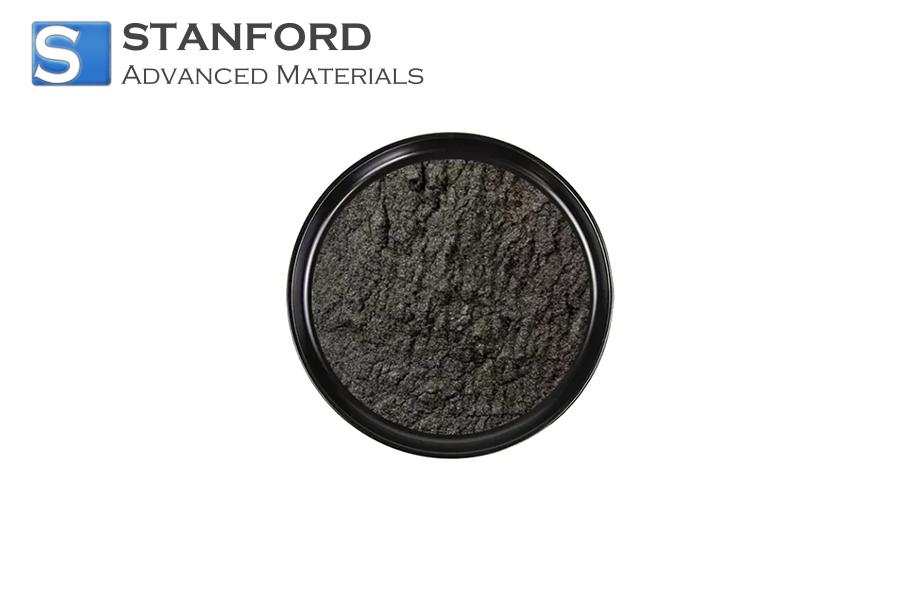
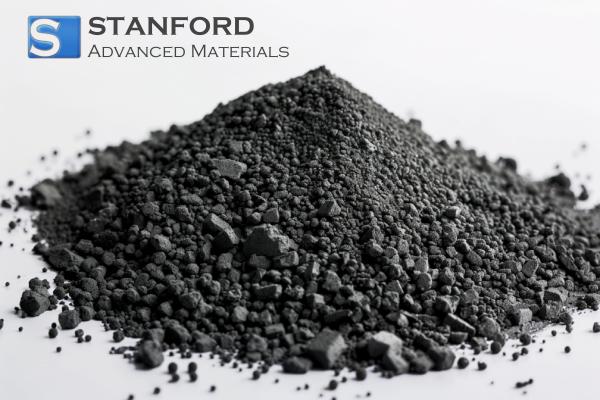
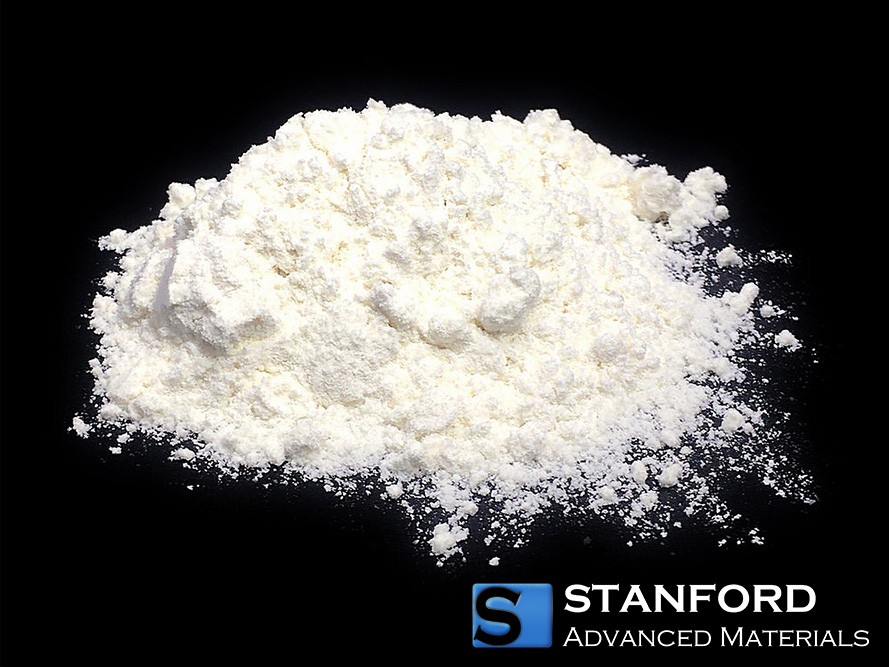
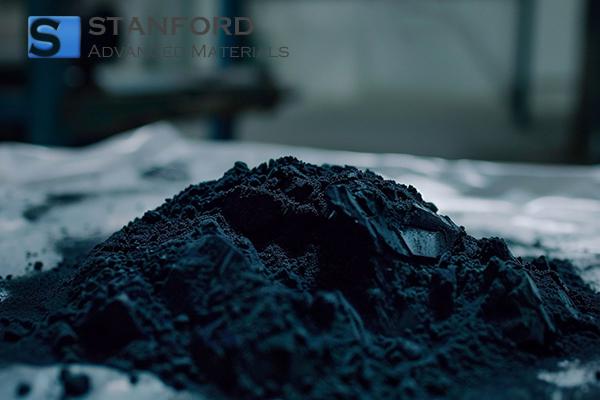
 Chin Trento
Chin Trento



